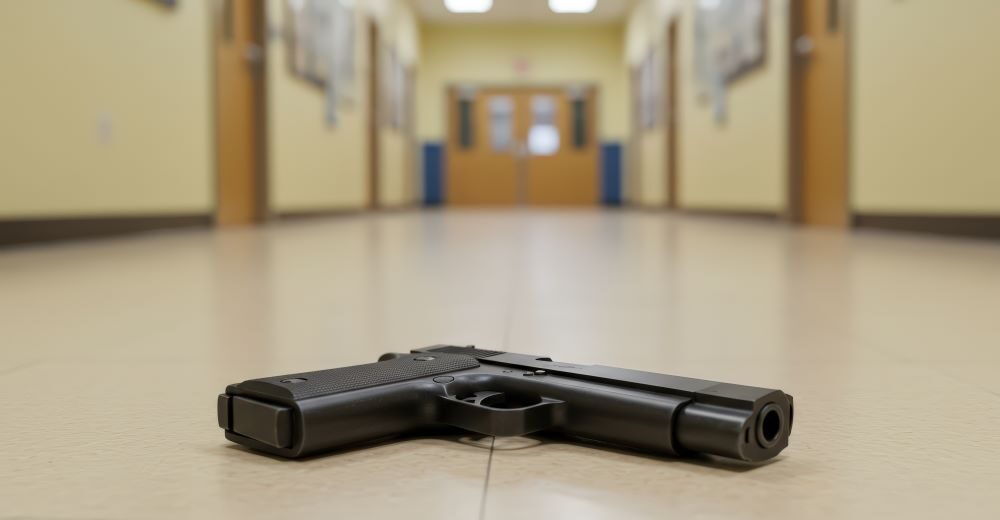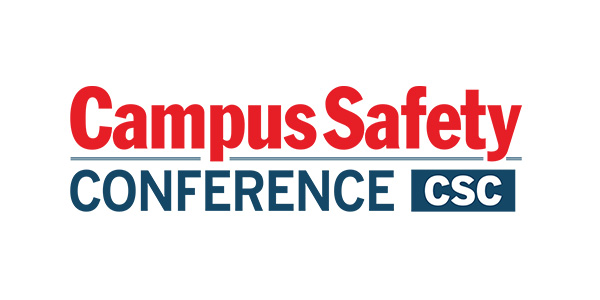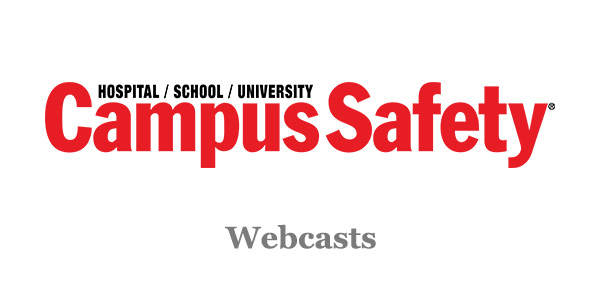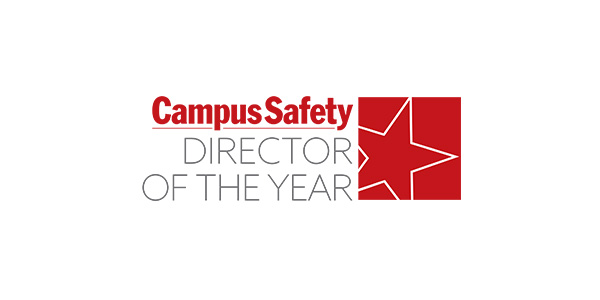The latest data reveals an encouraging shift in school safety. The 2024-2025 school year recorded a 22.5% reduction in school shootings compared to the previous year, marking the end of a three-year period of heightened gun violence in schools (2021-2022 to 2023-2024).
According to the K-12 School Shooting Database, school shootings stood at 254 incidents for 2024-2025, a significant drop from an average of nearly 330 incidents per year in the preceding three school years. This decline also extends into the 2025 calendar year thus far, offering an optimistic outlook.
Notably, while this progress is promising, the number of shootings is still more than double the rate of U.S. school shootings 25 years ago. It’s also much higher than in other developed countries like Japan, Australia, the UK and South Korea.
The new statistics, however, emphasize the importance of continued vigilance and effort in tackling this issue.
The K-12 School Shooting Database, managed by Idaho State University Assistant Professor David Riedman, documents every incident involving a firearm on school property, whether brandished, fired, or when a bullet strikes school grounds, regardless of the number of victims, time of day, or intent.
When Do School Shootings Happen?
A significant number of school shootings originate from interpersonal disputes. These incidents are frequently linked to conflicts between students or external individuals that escalate into violence. Parking lots and areas surrounding school grounds are common sites, highlighting vulnerabilities during times of high activity, such as arrival, lunch time and dismissal. Shootings are also more common at fall high school sporting events.
Related Article: 15 Injured in Akron School Parking Lot Shooting
Each shooting leaves lasting effects on the school community, including students, staff, and families. Beyond the immediate physical consequences, there are long-term emotional and psychological impacts that can endure for years, emphasizing the need for preventive measures and support systems.
Number of Active Shooter Events on Campus Remains Relatively Low
Additionally, high-profile active shooter and mass shooting incidents remained relatively low during the 2024-2025 school year, particularly in the spring months when such events historically surge. The decline in school shootings aligns with a broader national trend of reduced violent crime.
The drop in shootings could also be a result of schools strengthening safety measures through initiatives such as threat assessments, enhanced security systems, early intervention programs, and better social-emotional support for students.
Despite these positive trends, school safety experts have raised concerns about threats to sustained progress, particularly with the cancellation of $1 billion in federal student mental health grants by President Donald Trump’s administration. These grants, including funding bolstered by the Bipartisan Safer Communities Act of 2022, play a critical role in addressing the mental health crisis in youth and preventing potential incidents.
Related Article: Principals Urge Federal Lawmakers Not to Cut School Safety and Recovery Funds
Comprehensive prevention strategies are critical in addressing this issue. Schools must prioritize investments in security infrastructure, conflict resolution programs, and mental health resources to mitigate risks. Additionally, fostering open communication between students, parents, and staff can help identify warning signs and reduce the likelihood of future incidents.
For more ways to prevent school gun violence, read School Shooting Resources for Prevention, Response, Mitigation, and Recovery.







